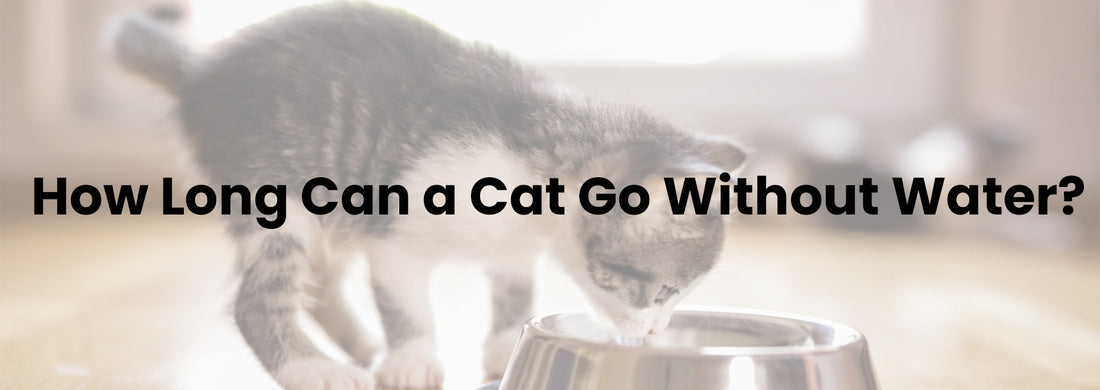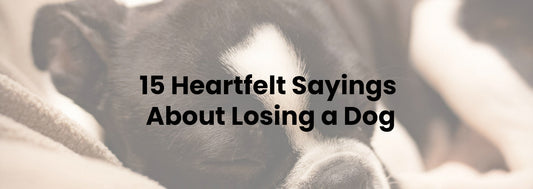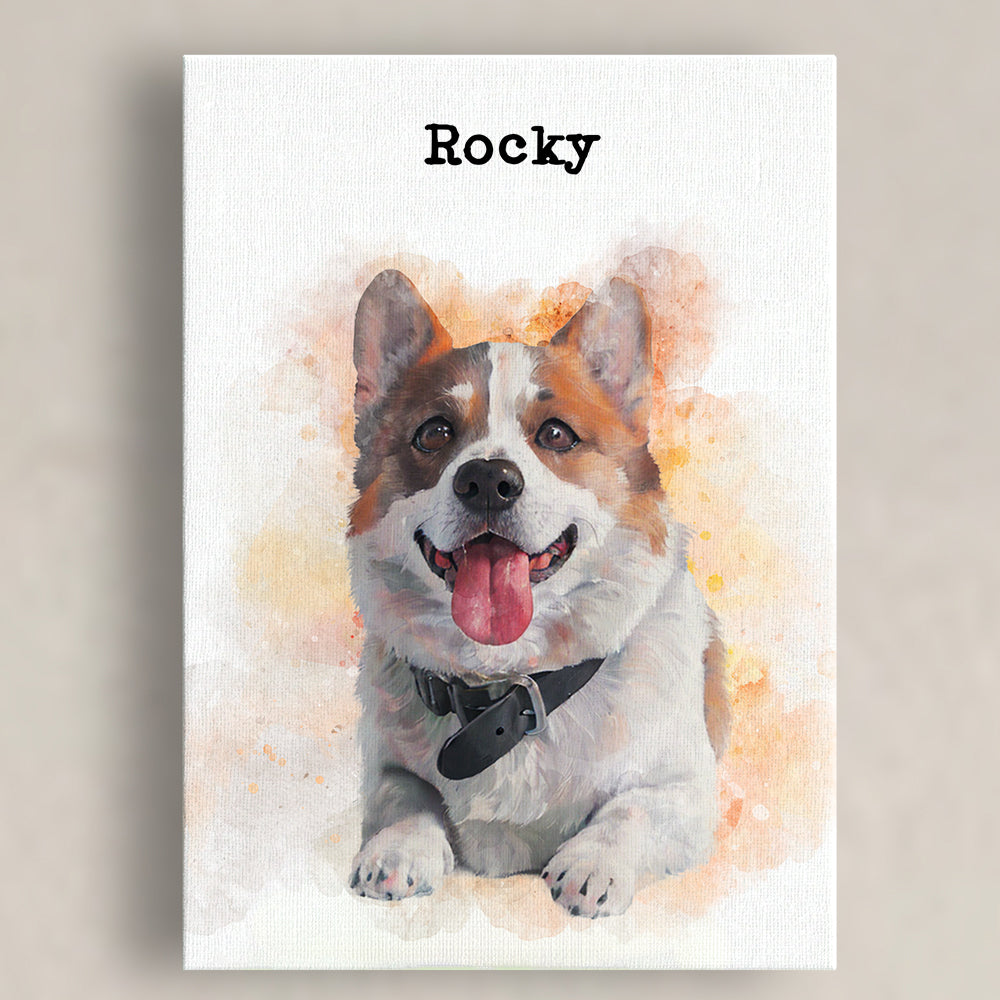
How Long Can a Cat Go Without Water?
Water is essential for every living being, and cats are no exception. But how long can a cat go without water before it becomes a serious problem? Although cats can typically survive about 3 to 4 days without water, going without water for just 24 hours can start to cause dehydration, says Dr Liz Gan, BVSc, Emergency & Critical Care Coordinator of Sydney Veterinary Emergency & Specialists.
A cat on a dry food diet, for instance, will need to drink more water than one on wet food. To determine how much water your cat needs, a general guideline is around 60-80 millilitres(ml) of water per kilogram of body weight per day. Monitor their water intake and adjust based on their individual needs. This article will explain the dangers of dehydration, reasons why some cats drink less, and practical tips to keep them hydrated and healthy.
Why Isn’t My Cat Drinking Enough Water?

Cats are notoriously low water drinkers due to their evolutionary history as desert animals. However, several specific factors could discourage your cat from drinking enough water:
- Preference for Moisture-Rich Food: Cats on wet food diets often get a significant portion of their hydration from their meals and may not feel the need to drink as much water.
-
Unappealing Water Source: Cats can be picky about the cleanliness and freshness of their water. Stagnant or stale water may discourage them from drinking.
-
Bowl Placement: Cats dislike their water bowls being too close to their food or litter box, as they instinctively associate these areas with contamination.
-
Material of the Water Bowl: Some cats may avoid plastic bowls due to the smell or taste they impart to water. Stainless steel or ceramic bowls are often preferred.
-
Underlying Health Issues: Conditions such as dental pain, kidney disease, or urinary tract infections can make drinking water uncomfortable or unappealing for cats.
- Stress or Anxiety: Environmental changes, new pets, or household disruptions may cause your cat to avoid drinking water.
<
Health Problems Arising from Dehydration
If your cat isn’t drinking enough water, they risk dehydration, which can lead to severe health issues:
- Urinary Tract Problems: Insufficient hydration increases the risk of urinary tract infections (UTIs) and bladder stones, which can be painful and dangerous.
- Kidney Disease: Chronic dehydration is a significant contributor to kidney issues, especially in older cats.
- Digestive Issues: Dehydration can lead to constipation, making bowel movements difficult and uncomfortable for your cat.
- Lethargy and Reduced Appetite: A dehydrated cat may exhibit a lack of energy and reduced interest in food, worsening their overall health.
Besides addressing water drinking problems, cats also need to be vaccinated to stay healthy and protect them from preventable diseases. Related: Cat Vaccinations in Australia: Everything You Need to Know
How to Tell If Your Cat is Dehydrated
First, we need to know how much water your cat needs a day. Start by checking your cat's weight. For example, if your pet is a Siberian Cat, which typically weighs around 5kg, they will need approximately 300ml of water per day. Look for these common signs of dehydration in cats:
- Sunken Eyes: If your cat's eyes appear hollow or recessed, it could indicate dehydration. This symptom arises as the body loses fluids and the tissues around the eyes shrink.
-
Dry Gums or Sticky Saliva: Check your cat's gums by gently lifting their lip. Healthy gums should be moist and pink. If the gums feel dry, tacky, or sticky to the touch, it’s a clear sign of dehydration.
-
Poor skin elasticity (pinch the skin at the back of their neck; if it doesn’t snap back quickly, they may be dehydrated)
-
Decreased Urination: Monitor your cat’s litter box for changes in urination frequency. A noticeable reduction in urine output could indicate dehydration or other underlying issues, such as urinary tract infections.
- Loss of Appetite: Dehydration can suppress your cat’s appetite, making them less interested in food. If your cat skips multiple meals or shows a sudden drop in eating habits, this could be a serious warning sign that requires immediate veterinary attention.
If you suspect your cat is dehydrated, consult a veterinarian immediately.
How to Encourage Your Cat to Drink More Water
Here are effective strategies to ensure your cat stays hydrated:
- Switch to a Cat Fountain: Cats prefer running water as it mimics natural streams. Investing in a cat water fountain can encourage them to drink more.
-
Provide Multiple Water Sources: Place water bowls in various locations around your home to make it easier for your cat to find water.
-
Choose the Right Bowl: Opt for stainless steel or ceramic bowls, as they are less likely to alter the taste of water.
-
Keep Water Fresh: Change the water daily to ensure it’s clean and appealing.
-
Add Water to Their Food: Mixing a small amount of water into your cat’s wet food can help boost their hydration.
-
Flavour the Water: Adding a splash of tuna juice (low sodium) or chicken broth can make water more enticing.
-
Monitor Temperature: Cats may prefer slightly cooler or room-temperature water. Experiment to find what they like.
- Use a Wide, Shallow Bowl: This helps prevent their whiskers from touching the sides, a sensation some cats dislike.
When to See a Veterinarian
If your cat continues to avoid drinking water despite your efforts, or if they exhibit symptoms like vomiting, lethargy, or changes in urination habits, consult a veterinarian immediately. These could be signs of underlying health issues requiring professional intervention.
Conclusion
Ensuring your cat stays hydrated is vital for their overall health and wellbeing. By understanding their preferences and needs, you can create an environment that encourages regular water intake. Don’t overlook the signs of dehydration, as early intervention can prevent serious health problems. A hydrated cat is a happy and healthy cat—and ensuring this is one of the best ways to care for your feline friend.











